What is a 4G 5G Base Antenna Dual-Band Cellular Antenna?
The magnetic base mount antenna dual-band 4G 5G antenna CTRF-ANTENNA-EX-60600-17082-SMA focuses on the 4G 5G dual-band mobile antenna 600-6000MHz cellular wideband antenna manufactured by C&T RF Antennas Inc for cellular network applications.
The 4G 5G Base Antenna Dual Band Cellular Antenna comes with a strong magnetic base mount, 82mmx170mm high, 3M cable antenna extension, RG 174 low loss coaxial cable, SMA male connector, easily mount to the vehicle, car, and terminals.
The base mount antenna 4G 5G Base Antenna Dual-Band Cellular Antenna is supplied by C&T RF Antennas Inc, the dual-band antenna manufacturer, and multi-band antenna supplier in China.
C&T RF Antennas Inc provides different antenna types such as Through-hole Mount Antennas, Magnetic Mount Antennas, Rubber Duck Antennas, Fiberglass Antennas, PCB Antennas, FPC Antennas, Spring Coil Antennas, Sector Antennas, Yagi antennas, etc.
C&T RF Antennas Inc provides the internal-external antenna with many radio frequency bands such as Cellular, 6G, 5G, 4G, 3G, NB-IoT, GNSS, GPS, Dual-band Wifi, 5.8 GHz, 2.4 GHz, 169MHz, 230MHz, 315MHz, 433MHz, 868MHz, 915MHz LoRa, UWB, RFID, ADS-B, etc.
C&T RF Antennas Inc provides single-band, dual-band, and multi-band antennas such as 3in1 combination antennas 4G/GPS/Wifi antennas, 2in1 4G/GPS antennas, GSM/GPS antennas, 4G/Wifi antennas, GPS/Wifi antennas, etc. for Wi-Fi And Bluetooth, GPS And GNSS, LoRa And ISM, IoT, And M2M applications.
Contact us for more details on the 4G 5G Base Antenna Dual-Band Cellular Antenna such as the 4G 5G Base Antenna Dual-Band Cellular Antenna datasheet, 4G 5G Base Antenna Dual-Band Cellular Antenna pricing, and 4G 5G Base Antenna Dual-Band Cellular Antenna inventory.
Or other dual-band antenna or multi-band antenna styles.
4G 5G Base Antenna Dual-Band Cellular Antenna Specifications
4G 5G Base Antenna Dual-Band Cellular Antenna Electrical Specifications | |
| RF Antenna Type | Magnetic Mount Antenna |
| Model | CTRF-ANTENNA-EX-60600-17082-SMA |
| Frequency | 600-6000MHz |
| Gain | 10/12dBi |
| VSWR | ≤3.0 |
| Impedance | 50 Ω |
| Polarization | Vertical |
| Cable Type | RG174 |
| Connector | SMA |
| Cable Length | 3Meters |
| Max Power | 50W |
| Lightning Protection | DC-Ground |
4G 5G Base Antenna Dual-Band Cellular Antenna Mechanical Specifications | |
| Dimension | 170x82mm |
| Weight | Approx. 100g |
| RadomeMaterial | Plastic ABS |
| Operation Temperature | -40˚C~+85˚C |
| Storage Temperature | -40˚C~+80˚C |
| Finished Antenna Color | Black/White |
| Antenna Design | Indoor-Outdoor |
| Mounting | Screw |
| SafetyEmission and other | RoHS Compliant |
| Applications | ISM/SCADA/Utilities/IoT/NB-IoT/LoRa/2G/3G/GSM/GPRS/PCS/4G/LTE/5GNR/6G |
What is a 5G Millimeter wave?
One way to increase the data transmission rate is to increase the bandwidth, but the reality will face some embarrassment: the existing commercial radio band (300MHz-3GHz) is too crowded because of good penetration and large coverage, and it is very difficult to find unused spectrum for communication in this part of the band.
So the existing way is to look for available bands above 3GHz, and one of the available spectrums above 3GHz is the millimeter wave band.
In the long run, discarding two special parts of our millimeter wave spectrum: oxygen absorption and water vapor absorption spectrum, the remaining part of the bandwidth (252 GHz) is also much larger than the sum of the existing 1-4G commercial spectrum (3 GHz), which is sufficient to meet the future bandwidth demand.
While there is certainly a large amount of spectrum available in the millimeter wave band, it still encounters some fundamental problems: electrical signals experience very serious road and rain fade during propagation, so millimeter waves can generally only be used for line-of-sight communications, cannot withstand blocking, and can cause serious multipath effects indoors in multi obstacle areas.
Note: The consequence of the multipath effect is that it is difficult for the receiver to distinguish the main signal path, in which case signals from different paths will interfere with each other because of different arrival times, reducing the receiver signal-to-noise ratio.
At the same time, the millimeter wave band because of the proximity of the oxygen and water vapor absorption band, the human body will have a great attenuation of the millimeter wave band signal propagation.
In this case, when the internal antenna of the phone is not placed properly, even hand-held handsets will significantly affect the signal quality, which also brings challenges to the millimeter wave antenna design solutions of cell phone manufacturers.
In addition, the millimeter wave chip power consumption is relatively large, RF and antenna parts have more obvious design challenges, the current domestic deployment program mainly uses the sub6G band to complete 5G coverage, and millimeter wave coverage is mainly in the United States and other countries.
Although there are significant challenges in utilizing the millimeter wave spectrum, it has become industry consensus that the millimeter wave spectrum needs to be used for 5G communications.
The main reason is that the use of the millimeter wave band is a top priority if we want to accomplish the goal of high-speed data transmission in 5G communications. Therefore the industry has been actively exploring the possibilities and realities.
Magnetic 4G 5G Base Antenna Dual Band Cellular Antenna Features
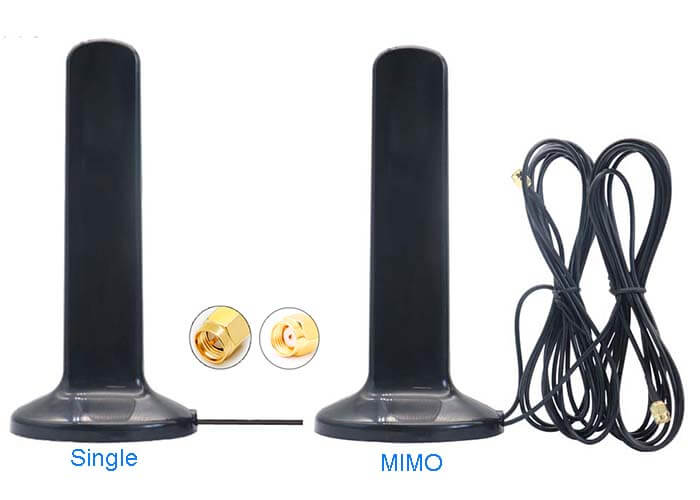
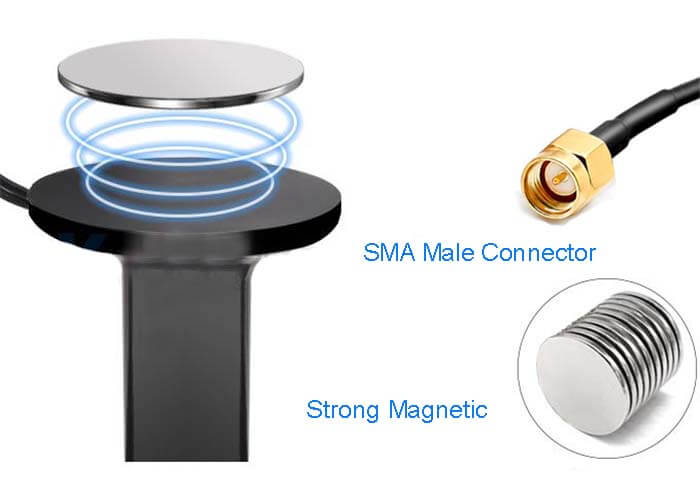
4G 5G Base Antenna Dual Band Cellular Antenna Applications


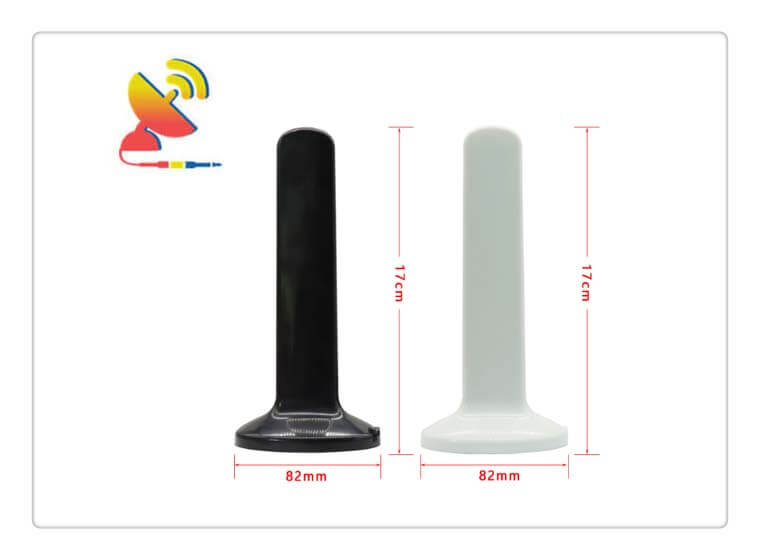
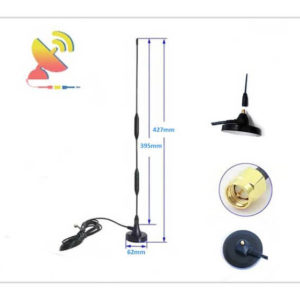
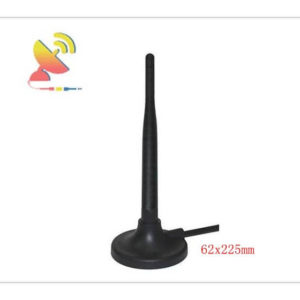
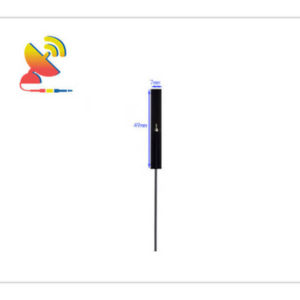
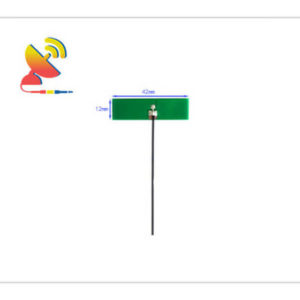
Reviews
There are no reviews yet.